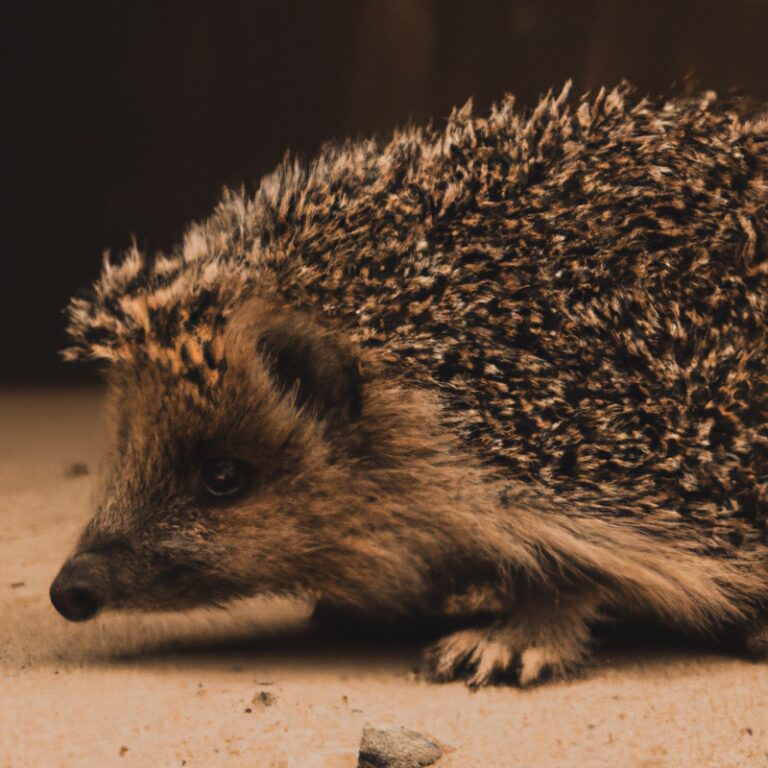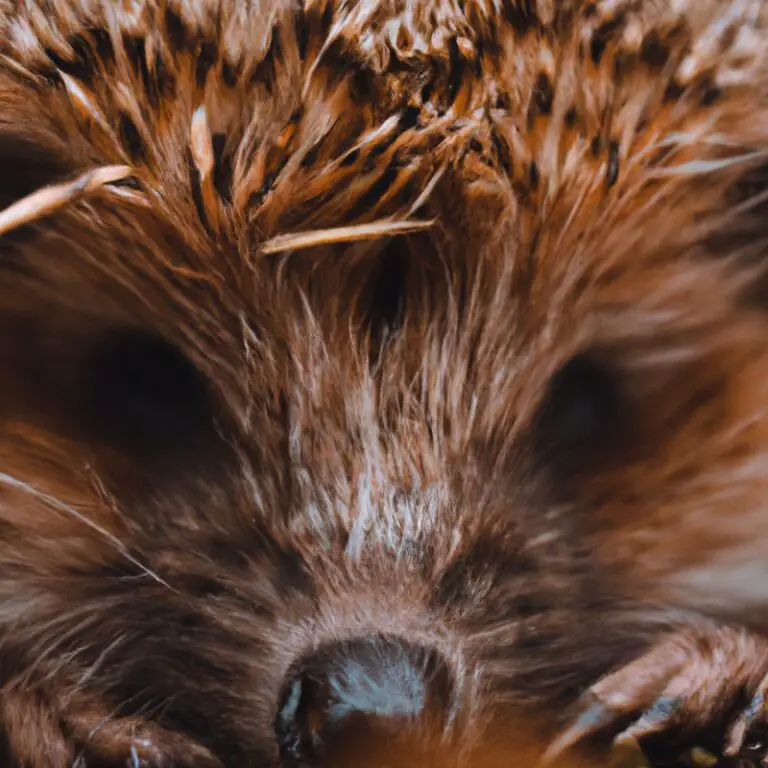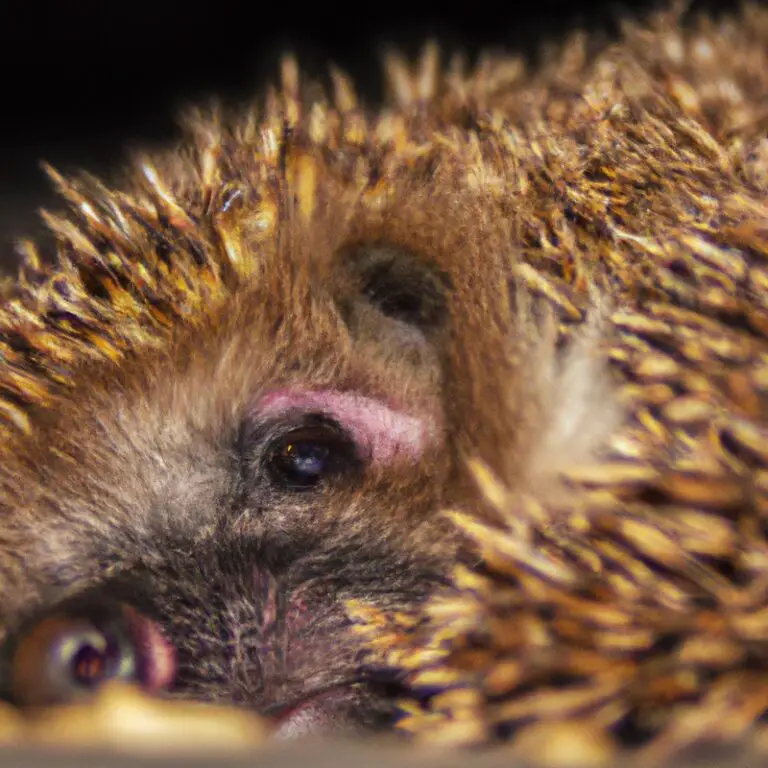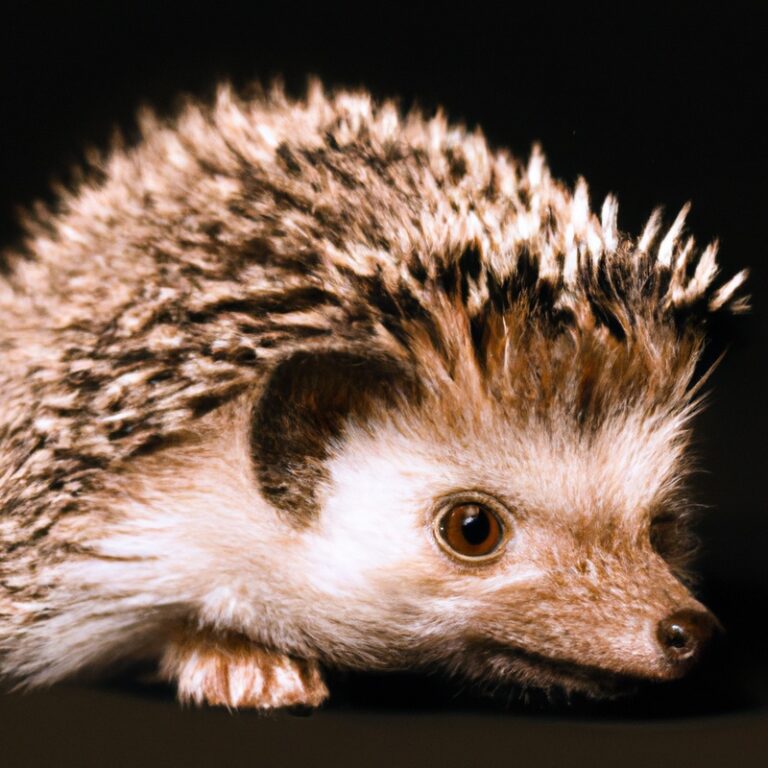What Is The Life Cycle Of a Hedgehog?
Key Takeaways:
- Hedgehogs have distinct life stages, including birth, infancy, adulthood, and old age.
- Hedgehogs experience significant growth and development during their infancy, which lasts for about six to eight weeks.
- Adult hedgehogs reach sexual maturity around six months of age and can reproduce throughout their adult life.
- Hedgehogs have a relatively short life span, with most living up to five years in the wild and up to ten years in captivity.
Have you ever wondered what the life cycle of a hedgehog looks like?
Brace yourself for an enchanting journey into the world of these prickly creatures.
From their adorable birth and early development to their adventurous and independent juvenile stage, and finally, their transition into adulthood and reproductive phase, we’ll explore it all.
But it doesn’t stop there! We’ll also unravel the mysteries of aging and the end of life for hedgehogs.
But wait, there’s more! We’ll dig into the factors that influence their life cycle, including the role of habitat, food availability, predators, and even human intervention.
So, if you’re ready to dive into the fascinating world of hedgehogs, let’s get started! Oh, and don’t forget to check out our FAQs section where we answer burning questions like how long they live, how many babies they can have, and more!
| Stage | Description |
|---|---|
| Egg | The female hedgehog lays eggs in a nest made of leaves, grass, and other materials. |
| Embryo | The eggs are incubated for about 30 days before hatching. The embryos develop inside the eggs. |
| Birth | The baby hedgehogs, known as hoglets, are born blind and covered in spines. They weigh around 15-20 grams. |
| Infancy | Hoglets nurse on their mother’s milk and start growing spines. They open their eyes around 14 days after birth. |
| Juvenile | Hoglets start exploring their surroundings and eating solid food. They also learn important survival skills during this stage. |
| Adult | As hedgehogs reach adulthood, they become sexually mature and start their own reproductive cycle. They can live up to 7-10 years in the wild and even longer in captivity. |
The life cycle of a hedgehog
The life cycle of a hedgehog consists of distinct stages, including birth and early development, the juvenile stage, adulthood and reproductive phase, and aging and end of life.
Birth and early development
During the birth and early development stage of a hedgehog’s life, there are some key things to take note of. After a gestation period of around 30 to 40 days, a mother hedgehog will give birth to a litter of hoglets.
These hoglets are born blind, naked, and completely dependent on their mother for survival.
They rely on her for warmth, milk, and protection. In the first few weeks, the hoglets will stay in the nest with their mother, nursing and growing rapidly.
Their eyes will soon open, and they will begin to explore their surroundings.
The mother hedgehog will start introducing them to solid food, such as insects and small prey, in addition to her milk. As the hoglets continue to develop, they will start to venture out of the nest and explore their surroundings more confidently.
During this time, they will learn important skills, like hunting and foraging, from their mother.
It’s a critical period in their development as they become more independent and start preparing for life on their own.
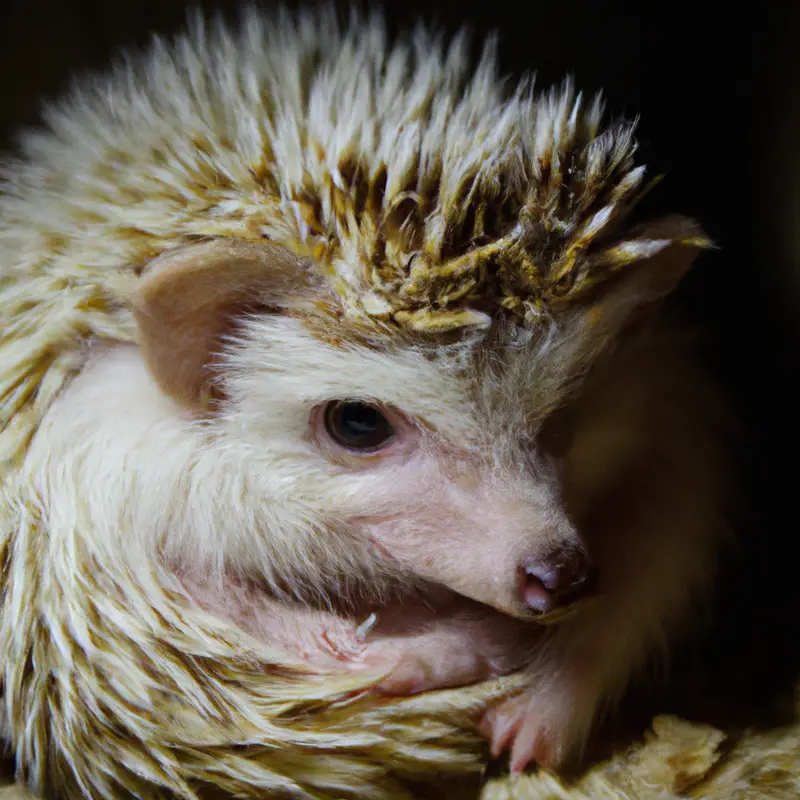
Juvenile stage
During the juvenile stage, hedgehogs continue to grow and develop. They are more independent than when they were babies but still rely on their mother for food and protection.
Juvenile hedgehogs start exploring their surroundings, learning essential skills such as foraging and self-defense.
This stage is crucial for their physical and mental development, as they become more self-sufficient and prepare for adulthood.
Adulthood and reproductive phase
During the adulthood and reproductive phase of a hedgehog’s life cycle, they reach sexual maturity and are able to reproduce. This typically occurs when they are around 6-12 months old.
Male hedgehogs will compete for female attention by performing courtship rituals.
Once a female has been chosen, they will mate and she will become pregnant. The gestation period is around 30-40 days.
After giving birth, the female will care for the hoglets until they are independent enough to venture out on their own.
Aging and end of life
As hedgehogs age, they may experience a decline in their health and activity levels.
They may develop age-related conditions such as arthritis or dental issues.
It’s important to provide them with a comfortable and safe environment to accommodate their changing needs.
As they approach the end of their life, hedgehogs may become less active and eat less.
It’s essential to monitor their well-being closely during this stage and provide any necessary support or veterinary care.
Factors influencing the life cycle of a hedgehog
Several key factors influence the life cycle of a hedgehog, including their habitat and environment, food availability and diet, predators and threats, as well as human intervention and domestication.
Habitat and environment
The habitat and environment of a hedgehog play a significant role in its life cycle.
Hedgehogs are found in various habitats, including woodlands, grasslands, and gardens.
They prefer areas with abundant vegetation and access to insects, their primary source of food.
Hedgehogs build nests in dense vegetation or burrows to provide shelter and protection.
The availability of suitable vegetation and prey is crucial for their survival.
Additionally, a hedgehog’s environment needs to be free from any potential threats, such as predators and human activity, to ensure their safety and well-being.

Food availability and diet
Food availability and diet play a significant role in the life cycle of a hedgehog. Hedgehogs are insectivores and primarily eat insects, snails, worms, and other small invertebrates.
They also consume some plant material, such as fruits and berries.
It is important for hedgehogs to have access to a varied diet to ensure they receive all the necessary nutrients. Providing a suitable habitat with abundant food sources will contribute to the overall health and well-being of hedgehogs.
Predators and threats
Predators and threats can pose a risk to hedgehogs throughout their life cycle. They are vulnerable to predation by animals such as foxes, badgers, dogs, and large birds like owls.
Habitat loss and fragmentation also affect their survival.
Hedgehogs may face threats from traffic accidents while they are roaming for food or during their nightly activities. These factors can have a significant impact on their population, so it’s important to be aware of these risks and take steps to minimize them, such as providing safe habitats and implementing measures to prevent predation.
Human intervention and domestication
Human intervention and domestication have significantly influenced the life cycle of hedgehogs. Through domestication, humans have selectively bred hedgehogs for desirable traits, resulting in changes in behavior, physiology, and appearance.
Domesticated hedgehogs have adapted to living in human environments and have become popular pets.
However, the process of domestication can also have negative effects, such as reducing genetic diversity and impacting the hedgehog’s ability to survive in the wild. It is important for humans to responsibly care for domesticated hedgehogs and consider the long-term implications of their actions on these animals.
Frequently Asked Questions (FAQs)
How long do hedgehogs live?
Hedgehogs typically live for about 3 to 7 years in the wild.
However, with proper care and a suitable environment, they can live up to 10 years or even longer in captivity.
Factors that can affect their lifespan include genetics, diet, exercise, and overall health.
Providing a nutritious diet, regular veterinary care, and a comfortable living space can help hedgehogs live their best and longest lives.
How many babies can a hedgehog have?
Hedgehogs can have anywhere from one to seven babies in a single litter. On average, they have around three to four babies.
These babies, known as hoglets, are born blind and without spines, but they quickly develop and grow under their mother’s care.
Hedgehogs have the ability to breed multiple times a year, so they can have several litters in a single breeding season.
Do hedgehogs hibernate?
Yes, hedgehogs do hibernate. During the winter months when food becomes scarce, hedgehogs go into a deep sleep to conserve energy.
They create a nesting area, often using leaves and grass, and tuck themselves in to stay warm.
Their heart rate and body temperature drop significantly during this time. Hibernation can last for several months, with hedgehogs occasionally waking up to reposition themselves or drink water if available.
It is important not to disturb them during this time, as it can disrupt their hibernation cycle.
Can hedgehogs be kept as pets?
Hedgehogs can indeed be kept as pets! They are small, intriguing creatures that can make great companions. However, it’s important to note that hedgehogs require specific care and attention.
They have special dietary needs, need plenty of exercise, and can be sensitive to their environment.
Before getting a hedgehog as a pet, make sure you do thorough research, find a reputable breeder or rescue, and be prepared to provide the necessary care and love that a hedgehog needs to thrive.
Final Verdict
The life cycle of a hedgehog is a fascinating journey that starts with birth and early development, followed by the juvenile stage, adulthood, and eventually aging and end of life. Various factors influence their life cycle, including habitat and environment, food availability and diet, predators and threats, and human intervention and domestication.
Hedgehogs can live for several years, have multiple babies in a litter, and hibernate during cold months.
While they can be kept as pets, it is important to consider their specific care needs. Overall, understanding the life cycle of hedgehogs can provide insights into their behaviors and help ensure their well-being.



